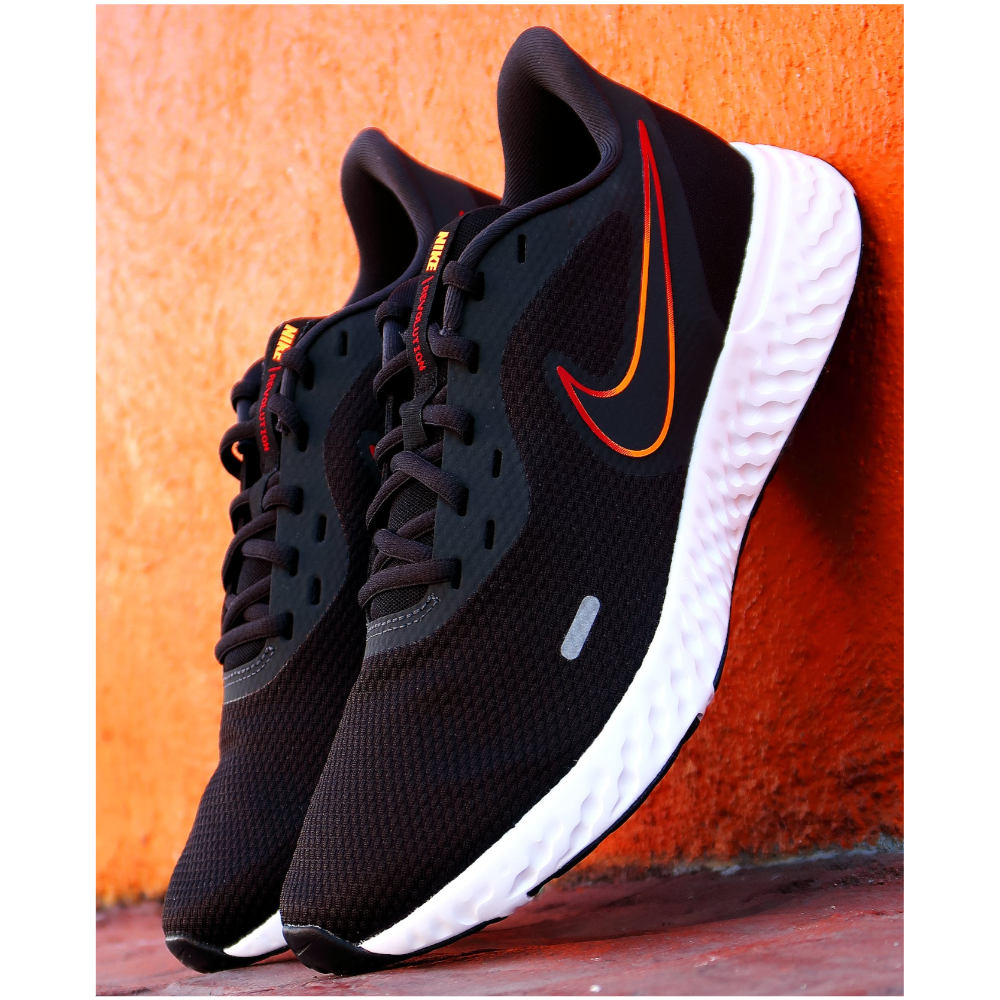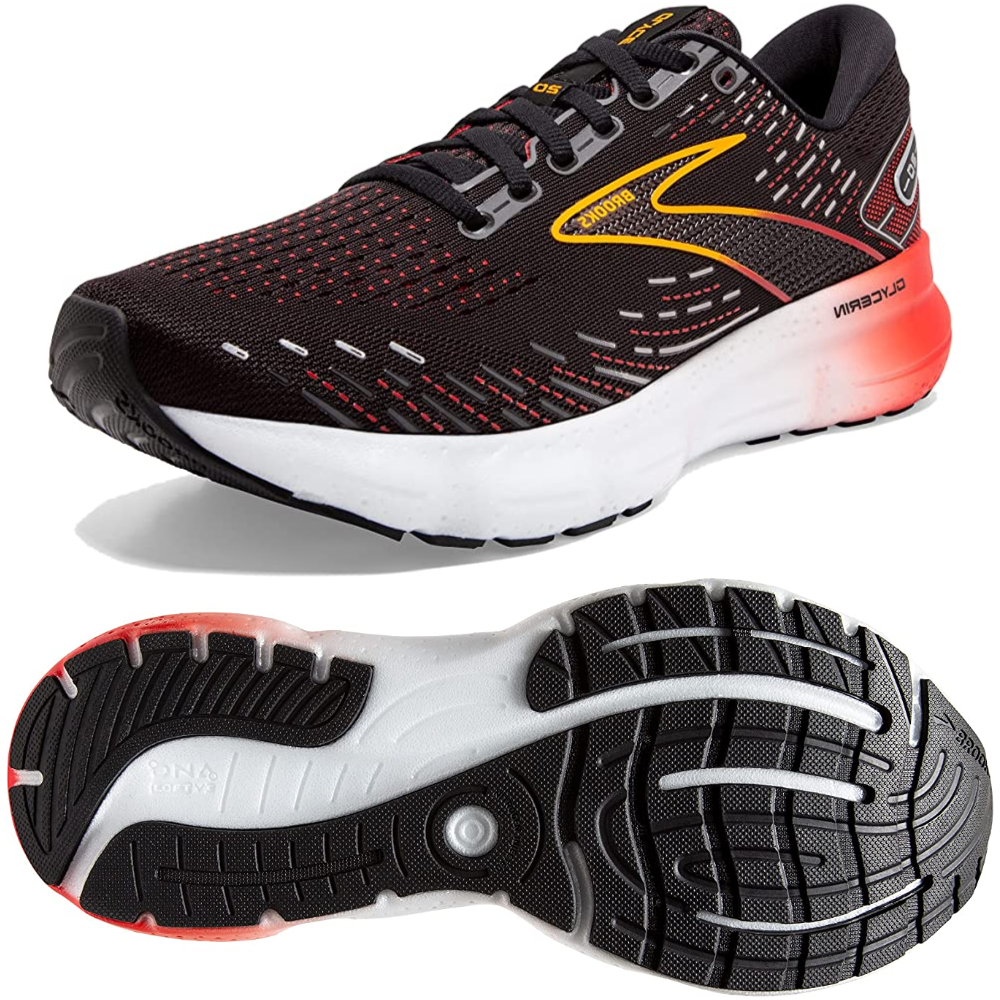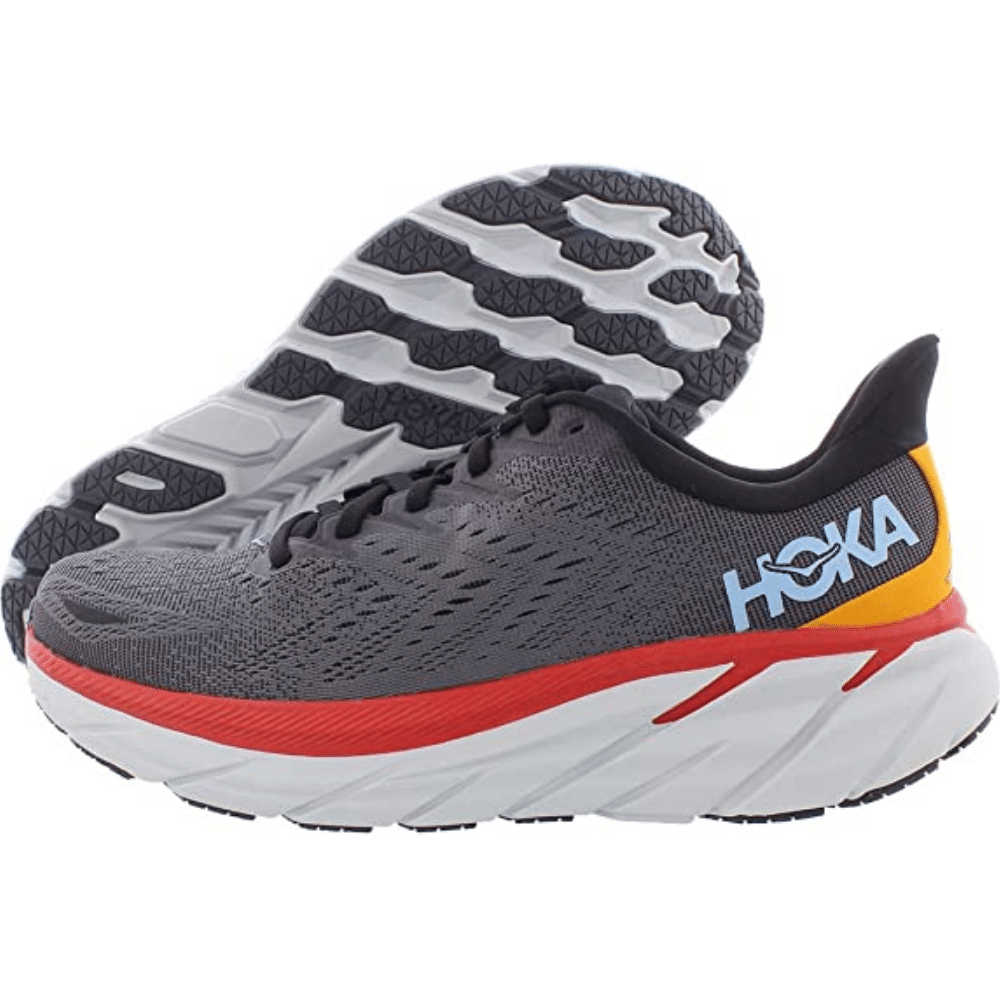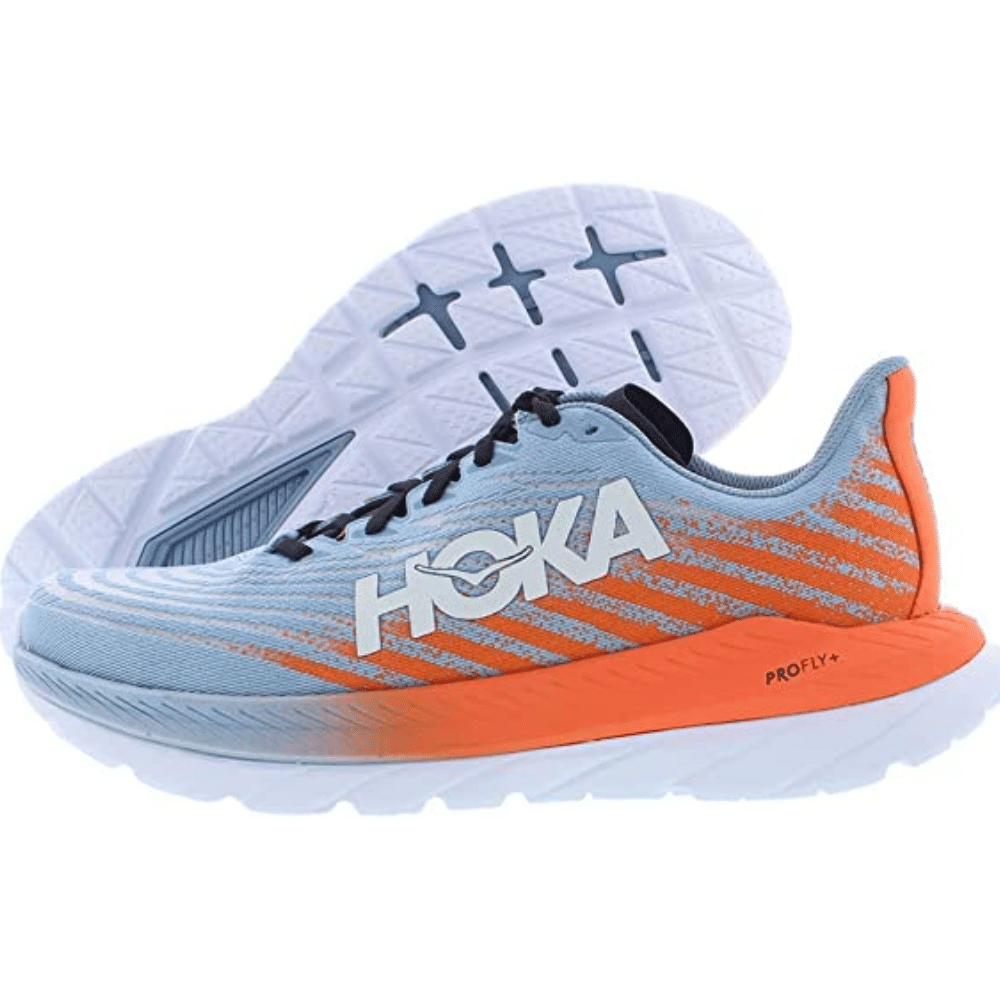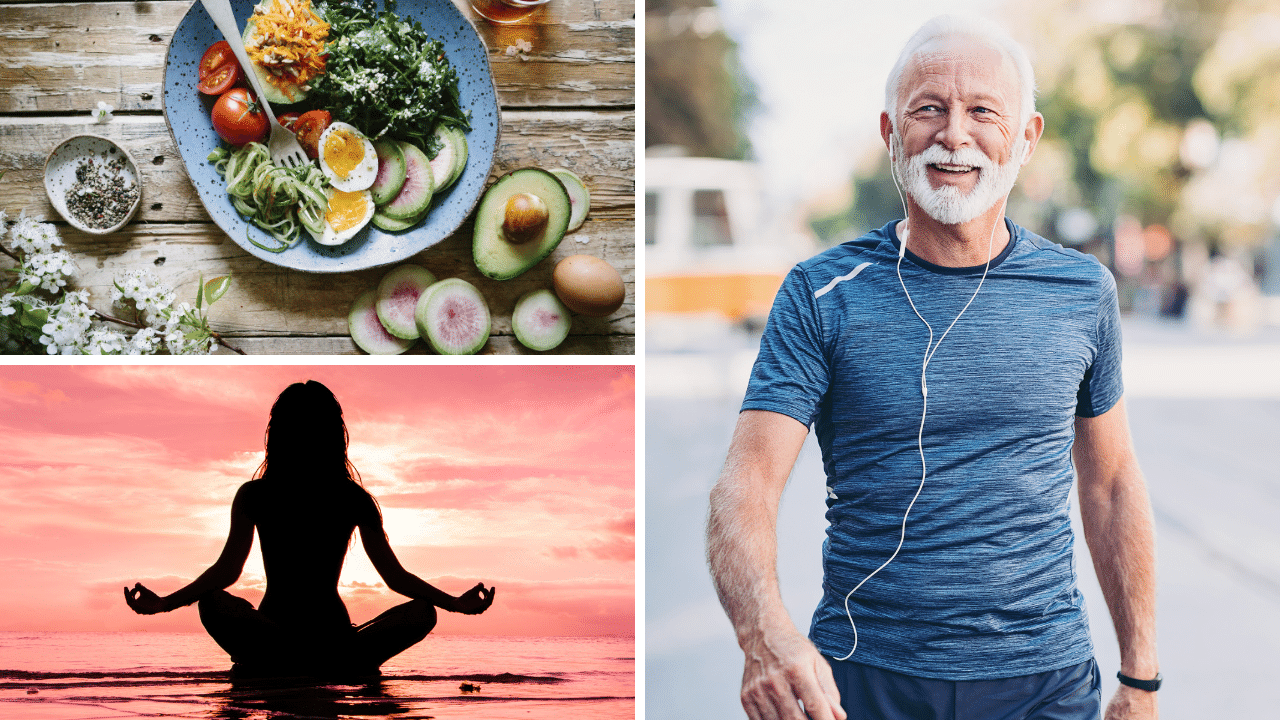Are you looking for a new pair of shoes to take your long-distance running to the next level?
We’ve got just what you need – 5 of the top long-distance, cushioned running shoes on the market. Our rigorous search has led us to these shoes, which will provide you with comfort and durability mile after mile.
You’ll be able to run farther and faster than ever before in these shoes, without having to worry about them falling apart. Marathon training or just upping your mileage for the joy and challenge of it, these are the best long-distance running shoes for the job.
Once you've finished your review here, we hope you'll be ready to purchase "zBest" pair from our website, today!
We hope you find the perfect solution for your shopping experience from our "Pick List," below! Our editors independently selected each product and all opinions in this article are our own. Oh, and BTW — zBestGuide may collect a share of sales or other compensation from the links on this page if you decide to buy something (that's how we stay in business). Reviews have been edited for length and clarity. Enjoy finding the top long-distance running shoes for you!
5 of the Top Long-Distance Running Shoes- Factors to Consider
Long-distance runners, including experienced runners, need a shoe that can provide comfort and support mile after mile. The best long-distance running shoes are those that are soft enough to cushion the impact of pavement, yet firm enough to provide adequate push-off.
For instance, you'll want a toe box that gives you a snug fit with just enough room to wiggle your toes. Your shoes should also be durable and comfortable, able to withstand an hour or more of pounding without causing discomfort.
In addition, there are several individual factors to consider when shopping for new running shoe models. The right shoes for you are out there and we think there is a straightforward process to put you in front of the perfect pair.
Finding the Appropriate Shoe For Your Body Type and Running Style
When it comes to running, of course having the right shoes is essential. Not only do they need to be comfortable, but they also need to be suited to your running style. Personal factors such as the type of gait you have or your body type can impact the best running shoes for you.

Body Type- Think About You...
How tall, heavy, short, or thin are you? This makes a difference when considering the proper running shoe. Your size will dictate one of the most important things to consider when you are looking for the best running shoes and that is the level of cushioning they can provide.
The body absorbs the equivalent of several times your weight with each step, so it is important to choose shoes that can help minimize the impact on your joints. By choosing shoes with good cushioning, you can avoid transferring the effects to your knees and back, and protect yourself from injuries. Some shoes even indicate the weight range so you can choose the right one for your size.
Quick Note: to find shoes with the right fit make sure to try them on with the socks you normally wear. This way you'll have the best shot at getting the right size and good fit.
Running Style- Gait What?
When you run, your leg travels through a cycle called a stance and a swing. As it does so, you make contact with the surface and propel yourself to the next leg, and so on. This repetitive movement is known as your gait.
It is important to know how your foot hits the surface so that from a cushioning and support point of view you can acquire the shoe that will deliver the most comfort and durability.
What are your Long-Distance Running Goals or Objectives?
Choosing a great pair of running shoes is tough enough by itself. Don't complicate the process by not being clear about what you want to accomplish. For instance, if you're just starting to get back into shape, then a pair of jogging shoes would probably suffice. However, here we are focused on distance training so, you're going to want something more technical.
The good news is that there are plenty of options out there, so you're sure to find something that fits your needs.
What Type of Runner Are You?
Finally, when it comes to choosing long-distance running shoes, there are a few additional factors you need to take into account. First of all, consider how far you'll be running and how often. If you're training for a marathon or race, you'll need a shoe that can withstand a lot of mileage and that will be comfortable enough to run for long periods. 👇
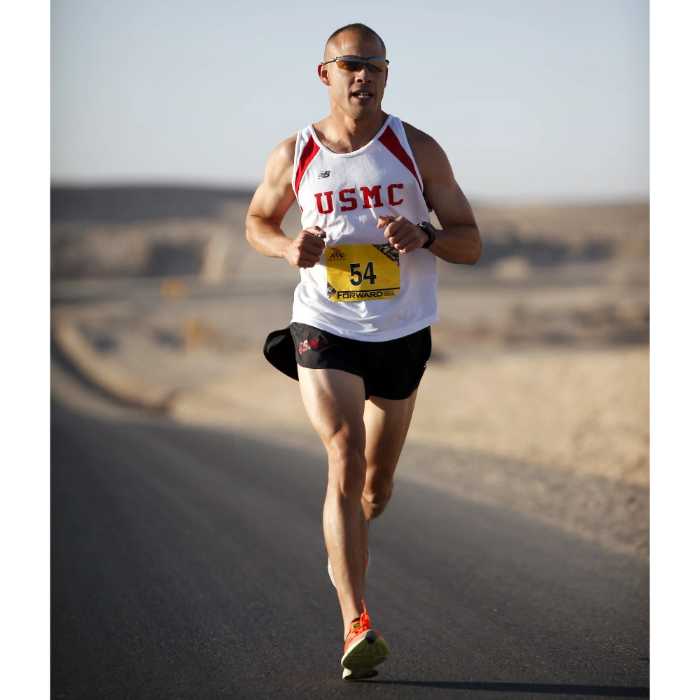
Best Long-Distance Running Shoes- Our Selection Process
Buying long-distance running shoes can be a challenge... You want to make sure you're getting the best possible pair for your needs, but there are so many different brands and styles to choose from.
How do you know where to start? Do you go with a popular brand or try something new? What about style? Do you go for stability or motion control? See Factors to Consider Above
zBestGuide is here to help. We've read all of the top reviews so that you don't have to, and we've narrowed it down to 5 top-quality possibilities. Plus, we've added some useful tips and helpful hints so you can make the right decision for your needs. Ready, set... Get started! 👇
zBestGuide's Summary "Pick List:"
Brooks Glycerin 20
Hoka Clifton 8
Hoka Mach 5
Mizuno Wave Rider 25
Nike Air Zoom Pegasus 39
"Pick List" Details:
Brooks Glycerin 20
The Particulars:
- Weight: 10.1 oz
- Type: Road
- Drop: 10 mm
Why We’re Impressed
The Brooks Glycerin 20 is perfect for runners who want maximum cushioning. In fact, with a plush internal fit and soft transitions, it may be the most cushioned running shoe out there. It also provides neutral support, making it ideal for long-distance road running. So whether you're hitting the pavement or working up a sweat at the gym, the Glycerin 20 is an excellent choice for you.
Here's the Inside Story
The Glycerin 20 is one of the top long-distance running shoes on the market. It fits true to size and has a light, flexible upper that wraps around your foot for a comfortable fit. The heel collar and tongue are super soft, and the laces are slightly textured to prevent slippage. A bonus is that the laces are long enough to tie the marathon loop. The materials feel premium and add to the overall plushness of the shoe.
Hoka Clifton 8
The Particulars:
- Weight: 8.9 oz
- Type: Everyday run; Road
- Drop: 5 mm
Why We’re Impressed
The Hoka One One Clifton 8 is the perfect way to enjoy a soft, light ride. With a lighter, more responsive midsole and the same great ride characteristics, the Clifton 8 is ideal for anyone looking for a streamlined silhouette and updated upper. Made from engineered mesh, the Clifton 8 is built to last and provides an amazing riding experience. Thanks to its great design, the Clifton 8 is perfect for anyone looking to enjoy a light, soft ride.
Here's the Inside Story
The Clifton 8 boasts a number of updates. The most notable update is the new composition of the midsole foam, which provides improved cushioning and support. The updated upper is also made of a softer, more breathable material that reduces the risk of irritation. Despite being lightweight and comfortable, the Clifton 8 still offers the flexibility and support that runners need to perform their best.
Hoka Mach 5
The Particulars:
- Weight: 8.2 oz
- Type: Road
- Drop: 5 mm
Why We’re Impressed
First introduced in 2018, the Hoka Mach 5 was designed to provide a snappier ride and a more responsive feel than its predecessor. The updated Mach 5 features a PROFLY midsole setup with a lightweight, responsive foam directly underfoot and rubberized EVA below. This provides a more cushioned and comfortable ride while still maintaining the energy return that runners expect from a Hoka shoe.
Here's the Inside Story
The Mach 5 also sports a stripped-back creel mesh upper and lay-flat tongue for a more breathable and comfortable fit. The articulated heel collar also provides a more secure fit. Whether you're looking for a faster run or just a more comfortable ride, the Hoka Mach 5 is sure to deliver.
Mizuno Wave Rider 25
The Particulars:
- Weight: 9.6 oz
- Type: Road
- Drop: 12 mm
Why We’re Impressed
The Mizuno Wave Rider 25 is packed with features. Extra MIZUNO ENERZY, gives you a smoother ride and a more responsive feel when you hit the pavement. The new bio-base wave plate provides enhanced breathability and eco-friendly responsiveness, so you can feel good about your impact on the environment. And thanks to its enhanced breathability, this shoe will keep your feet feeling fresh even when the mercury rises.
Here's the Inside Story
Mizuno's X10 Outsole is made from durable carbon rubber, meaning it can withstand the wear and tear of even the longest runs. Meanwhile, the U4ic Midsole provides optimal shock reduction and a superior ride. These shoes are also incredibly light, making them perfect for runners who don't want to be weighed down on their runs.
Nike Air Zoom Pegasus 39
The Particulars:
- Weight: 8.2 oz
- Type: Road
- Drop: 9.6 mm
Why We’re Impressed
If you're looking for reliable, comfortable long-distance running shoes to help you push your limits and reach your goals, the Nike Air Zoom Pegasus 39 is a great choice. With its responsive Nike React foam cushioning and Zoom Air units at the forefoot and heel, this shoe provides a smooth, energized ride that will help keep you going mile after mile. The Pegasus 39 also features a supportive design to keep your foot contained and a comfortable toe box, so you can focus on your run instead of worrying about your shoes.
Here's the Inside Story
The best running shoes are those that provide both comfort and support. Extra padding at the tongue and collar helps keep your foot feeling comfortable, while flywire technology is integrated with a midfoot band for total support that helps keep your foot in place.
A rubber outsole with a Waffle-inspired pattern offers durable traction, and flex grooves throughout give you extra flexibility and a smooth feel on toe-off. The heel was designed to optimize your landing, helping you easily transition from heel to toe. The tongue is separated from the upper to accommodate different foot shapes.

Top Long-Distance Running Shoes FAQs
Shopping for long-distance running shoes can be overwhelming because there are so many different types and brands available.
It's hard to know which running shoes are the best for you, and it's easy to make a mistake that could lead to injury.
Our guide to the top long-distance running shoes takes all of the guesswork out of buying new shoes. We've included information about what to look for when buying shoes, as well as answers to some of the most frequently asked questions.
What is considered long-distance running?
Long-distance running is typically considered to be anything over 10 kilometers.
Are sneakers good for running?
If you are a casual runner out for some fun in the park or your neighborhood, sneakers are fine. If you are a serious runner training for an event or looking to stay in shape then sneakers may let you down. Sneakers typically don't have the cushion, support, comfort, and durability required to meet the needs of dedicated runners.
What are the three types of running shoes?
There are three main types of running shoes: neutral shoes, stability shoes, and motion control shoes.
Neutral shoes are for runners who have a normal or medium arch and don't need extra support. Stability shoes are for runners with high arches or who overpronate (roll their feet inwards). Motion control shoes are for runners with very low arches or who supinate (roll their feet outwards).
How often should you replace running shoes?
Runner’s World recommends replacing shoes after 300–500 miles, or every 6 months whichever comes first. This replacement schedule is based on the assumption that you’re a healthy runner who averages around 30 miles per week. If you run more or less than this, your shoes will last longer or shorter, respectively.
How do I know my foot type?
There are three primary foot types:
-The pronated foot type (most common) where the arch collapses and the heel bone angles inward. This type of foot is prone to overpronation, or rolling inwards excessively, which can lead to ankle sprains, Plantar Fasciitis, and other musculoskeletal problems.
-The supinated foot type with a high arch and a tight Achilles tendon. This type of foot is prone to underpronation, or barely rolling inwards at all, leading to ankle instability and other problems.
-The neutral foot type with a normal amount of arch and a relatively lax Achilles tendon. This is considered the healthiest foot type as it does not significantly overpronate or underpronate. However, even neutral runners can develop problems such as foot or knee pain if they wear shoes that don't fit well or are worn down.
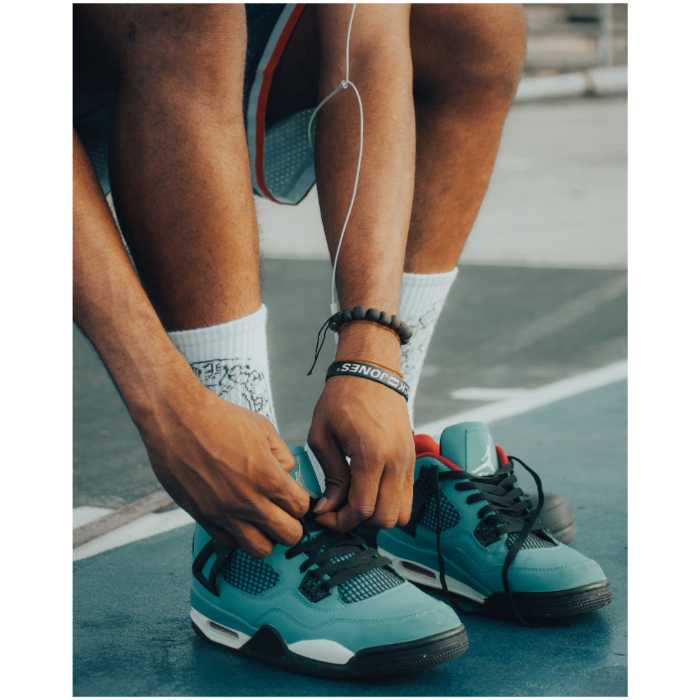
Is it better to have flat or arched feet?
Most people think flat feet are bad and high arches are desirable. However, in reality, whether you have flat feet or high arches doesn't matter. What matters is how well you can connect to and truly use your feet.
Who needs arch support?
Anyone who wants to avoid foot pain!
Most people need arch support because it helps distribute weight evenly across the foot, which prevents pain. Additionally, many shoes are designed with arch support in mind, so those who don't have adequate arch support in their shoes may experience discomfort and pain.
People with flat feet or high arches often need extra arch support, but it's not just those people who need it - anyone can benefit from arch support if they're experiencing foot pain. There are a number of types of arch supports available, so be sure to talk to your doctor or a shoe retailer about finding the right type for you.
Do flat feet affect running speed?
There is no evidence that flat feet affect running speed. In fact, studies have shown that people with flat feet are just as fast as those with normal arches. However, having flat feet can increase the risk of injuries such as ankle sprains and stress fractures. This is because people with flat feet tend to have less cushioning and stability than those with normal arches. If you have flat feet, it's important to take extra care when training for long distances or participating in other high-impact activities.
Do calf raises help those with flat feet?
There is not much research on the matter. However, many experts believe that calf raises can help improve the symptoms of flat feet as they strengthen the muscles and tendons around the arch of the foot. This can help support and slightly elevate the arch, which in turn takes some of the stress off of the feet.
If you have flat feet, it's a good idea to speak with a doctor or physical therapist to see if calf raises might be beneficial for you and to learn proper form so that you can avoid any potential injuries.

Should you run flat-footed or on your toes?
There are benefits to both running on your toes and running flat-footed. For sprinters, running on your toes can help you run faster because it allows you to use more muscle in your legs.
However, for distance runners, running flat-footed is better for your joints and can help you run for a longer distance without getting tired. Ultimately, it's up to the individual to experiment with both types of running and see which works best for them.
Is it good to massage the bottom of your feet?
There are a few schools of thought on this. Some people believe that massaging the bottom of your feet is good for general health, while others believe that it's beneficial for specific ailments such as diabetes or high blood pressure. There is some research that supports the claim that foot massage can help improve circulation and reduce pain, but more research is needed to confirm these findings.
For runners, we think it is good to massage the bottom of your feet whenever you have a few minutes to spare. It's not a cure-all by any means, but it's a nice way to relax and rejuvenate the body. If you're not sure whether a foot massage is right for you, give it a try and see how you feel. 👇
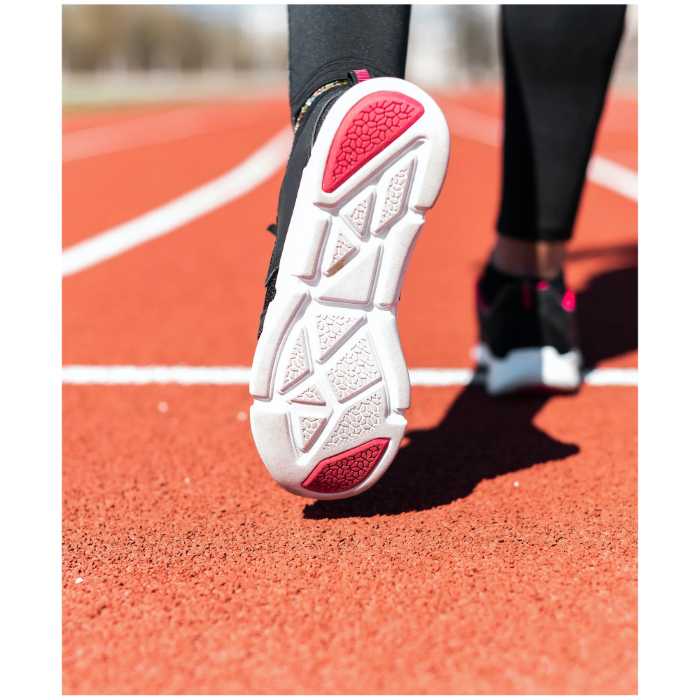
May we say in conclusion...
So, what are the top long-distance running shoes? We’ve scoured Amazon, Google Shopping, and buyer reviews to find a great pair of long-distance running shoes for you. We hope our "Pick List" has been helpful in assisting you to find a great pair.
Remember to consider all of the factors we outlined, including fit, arch support, and terrain type, before making your purchase. And don’t forget—the most important thing is to find a pair of shoes that make you feel comfortable and confident when hitting the pavement or trail. Ready to shop? Tap the button below to check prices on some of our favorite pairs of long-distance shoes!
Thanks for spending time with zBestGuide and happy shopping! 👇



